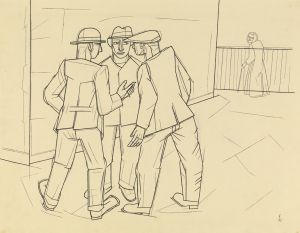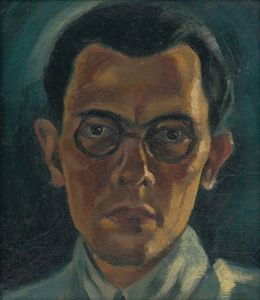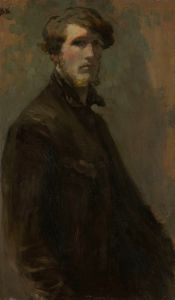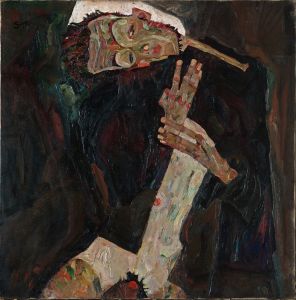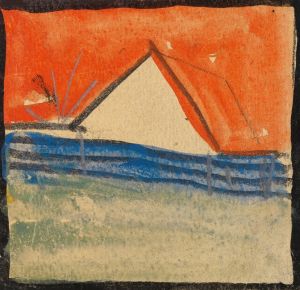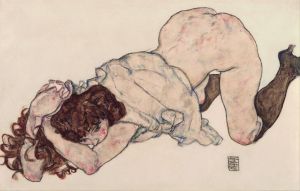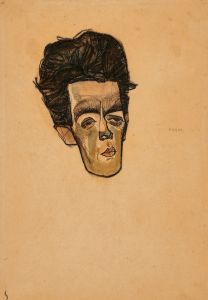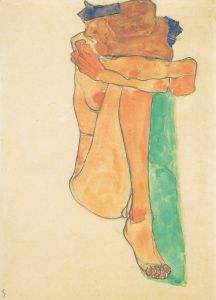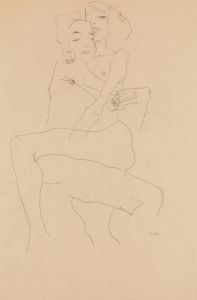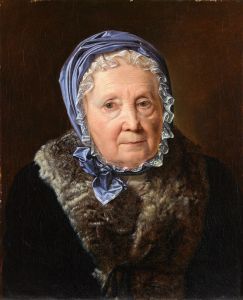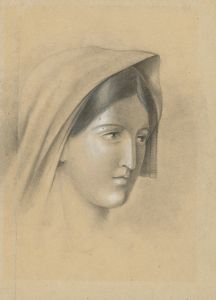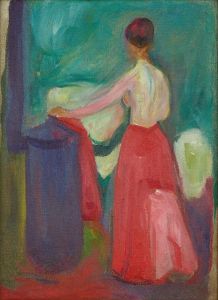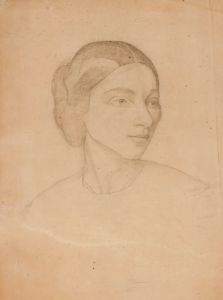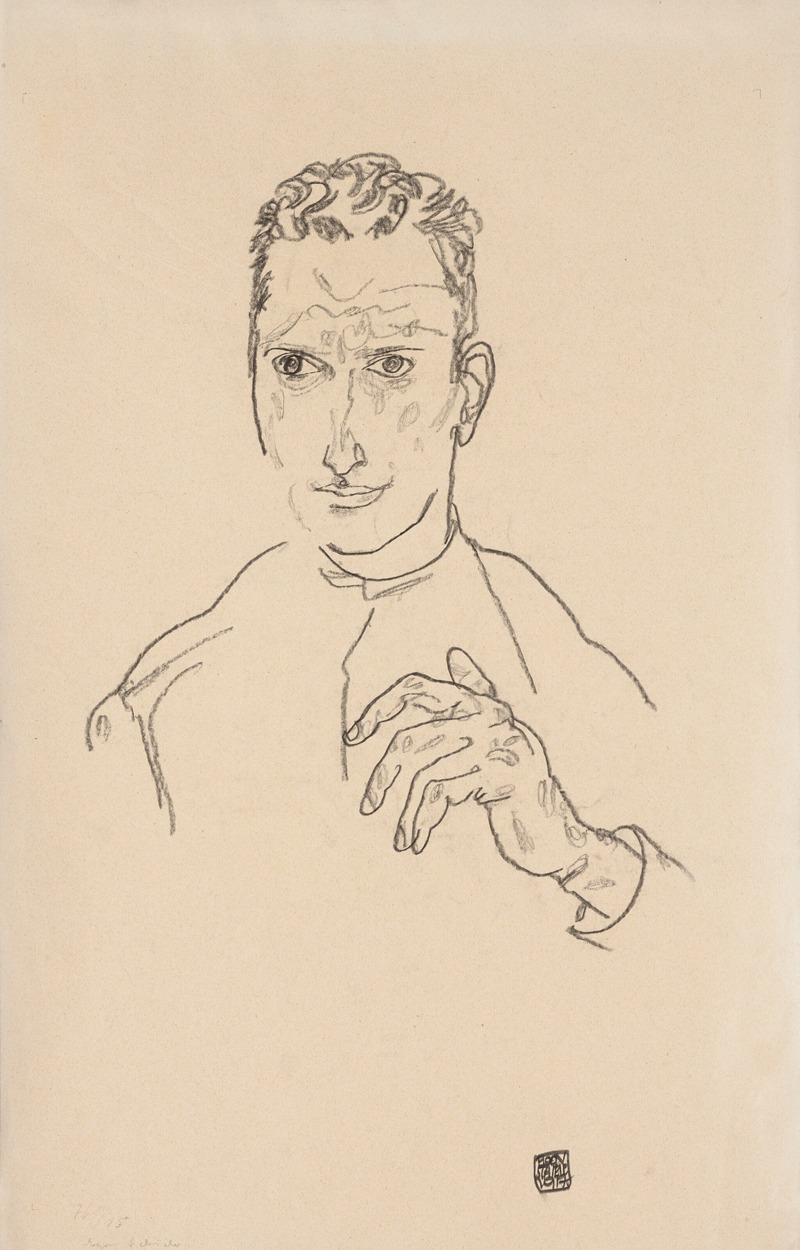
Brustbild eines jungen Mannes
A hand-painted replica of Egon Schiele’s masterpiece Brustbild eines jungen Mannes, meticulously crafted by professional artists to capture the true essence of the original. Each piece is created with museum-quality canvas and rare mineral pigments, carefully painted by experienced artists with delicate brushstrokes and rich, layered colors to perfectly recreate the texture of the original artwork. Unlike machine-printed reproductions, this hand-painted version brings the painting to life, infused with the artist’s emotions and skill in every stroke. Whether for personal collection or home decoration, it instantly elevates the artistic atmosphere of any space.
"Brustbild eines jungen Mannes" (Bust of a Young Man) is a painting by the Austrian artist Egon Schiele, who is known for his distinctive and often provocative style. Schiele was a major figurative painter of the early 20th century and a protégé of Gustav Klimt. His work is noted for its intensity and its raw, often unsettling portrayal of the human form.
Egon Schiele was born on June 12, 1890, in Tulln an der Donau, Austria. He showed an early interest in art and went on to study at the Vienna Academy of Fine Arts. Schiele's career was marked by his exploration of human sexuality and the human condition, which he expressed through his unique and often controversial style. His work is characterized by its bold lines, expressive use of color, and the emotional intensity of his subjects.
"Brustbild eines jungen Mannes" is one of Schiele's many portraits that capture the psychological depth of his subjects. The painting, created in 1910, depicts a young man in a half-length pose. The subject's face is rendered with Schiele's characteristic sharp lines and exaggerated features, which convey a sense of inner turmoil and vulnerability. The background is typically sparse, drawing attention to the figure and emphasizing the emotional intensity of the portrait.
Schiele's use of color in this painting is also notable. He often employed a limited palette, using muted tones to highlight the starkness of his subjects' expressions. In "Brustbild eines jungen Mannes," the use of earthy colors and the stark contrast between light and shadow contribute to the overall mood of the piece.
Throughout his career, Schiele faced both acclaim and controversy. His explicit depictions of nudity and sexuality led to several arrests on charges of obscenity. Despite these challenges, he continued to produce a significant body of work that has had a lasting impact on the art world. Schiele's work is often seen as a precursor to the Expressionist movement, and his influence can be seen in the works of later artists who sought to explore the depths of human emotion and experience.
Egon Schiele's life was tragically cut short when he died of Spanish flu on October 31, 1918, at the age of 28. Despite his brief career, he left behind a substantial legacy, with many of his works held in major museums and private collections around the world. "Brustbild eines jungen Mannes" remains a powerful example of his ability to capture the complexity of the human psyche through his distinctive artistic style.
Today, Schiele is celebrated as one of the most important artists of the early 20th century, and his works continue to be studied and admired for their emotional depth and technical mastery. "Brustbild eines jungen Mannes" is a testament to Schiele's skill as a portraitist and his enduring impact on the world of art.





